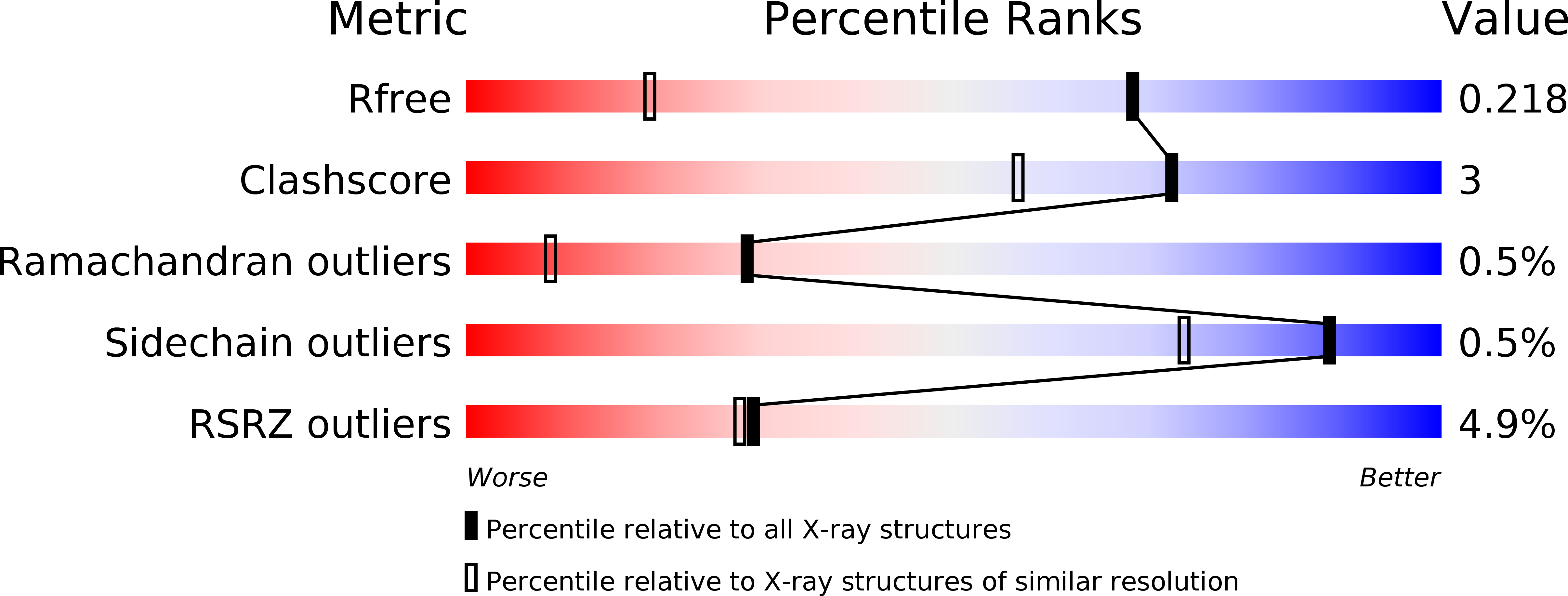
Deposition Date
2017-08-28
Release Date
2018-02-28
Last Version Date
2024-10-16
Method Details:
Experimental Method:
Resolution:
1.42 Å
R-Value Free:
0.21
R-Value Work:
0.19
R-Value Observed:
0.19
Space Group:
P 21 21 21


